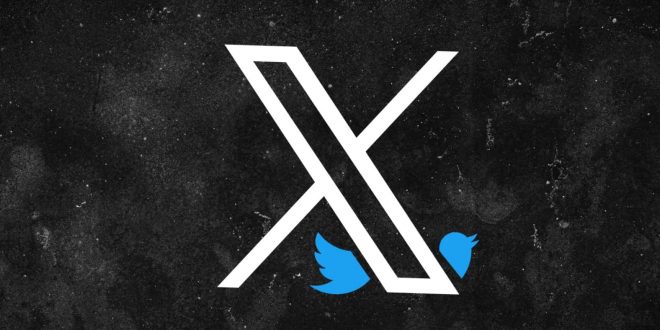Elon Musk plans to “soon” address the lack of transparency around “shadowbanning” on Twitter, which involves not banning a user but removing their content from public view. Musk apologized to X users for the delay and explained what’s preventing X from providing this data.
Shadowbanning was a concern even in Twitter’s early days because users didn’t know they were penalized for their tweets. When enforced, users can post as usual but won’t get the traction and replies they used to. Trump and other Republicans complained that Twitter was making their tweets invisible, politicizing the issue.
After taking over Twitter, Musk released information to the public to prove that shadowbanning was common, but it was just a behind-the-scenes look at social media moderation.
Musk maintains that users should know if they’ve been shadowbanned. Twitter owner at Viva Tech conference said the company was working on a way to show users if their account was affected by Twitter.
Sorry it’s taking so long. There are so many layers of “trust & safety” software that it often takes us hours to figure out who, how and why an account was suspended or shadowbanned.
A ground up rewrite is underway that simplifies the X codebase dramatically.
— Elon Musk (@elonmusk) August 17, 2023
Musk tweeted this morning that there are “so many layers of ‘trust & safety’ software that it often takes the company hours to figure out who, how and why an account was suspended or shadowbanned.” He also said this codebase was being rewritten from scratch to simplify it.
The response didn’t illuminate X’s latest project’s challenges, but a thread from Twitter’s former Head of Trust and Safety Yoel Roth did.
Roth explained on decentralized Twitter rival Bluesky that Musk’s statements were legitimate despite his “word salad” use.
Roth explained that social media sites usually note why they ban someone. Smaller companies may start with a spreadsheet or Google Doc. As the system and network scale, the company usually moves that info into user account metadata.
“Maybe it’s a free-text note on the account that says, ‘Yoel banned this user for posting death threats. Roth said, “Don’t unban them without consulting me first.” However, Twitter stores “a lot of enforcement metadata in free-text notes attached to user accounts,” he said. As an aside, Twitter named everything a cute bird name, so this system is called Guano.
Roth said Twitter was too busy to switch from a free-text notes system, which proved problematic because these notes are “very hard to parse programmatically — which is sort of what Musk is complaining about.” “A human can understand and act on them, but if you want to provide automated user account status notice, you need them in some structured format.”
Rewriting enforcement attribution code is a good idea, and Roth was working on it before Twitter’s acquisition. Shipment was expected this year. The Musk takeover of Twitter and widespread layoffs may have slowed the project.
Twitter has hundreds or thousands of spam models and heuristics running simultaneously. That complexity is needed to combat spam. However, it is challenging to pinpoint the exact cause of a user’s “shadowban” at a specific time, according to Roth.
“Anyway, if Twitter are rebuilding a bunch of the infrastructure that handles this, that seems like a good thing and I wish them luck,” he joked, leaving instructions in his Google Drive at the company.
Roth described the infrastructure challenges X faces, making it unlikely that the company can implement the technology needed to display account status to users “soon” unless the project has been re-prioritized.
 Tech Gadget Central Latest Tech News and Reviews
Tech Gadget Central Latest Tech News and Reviews




